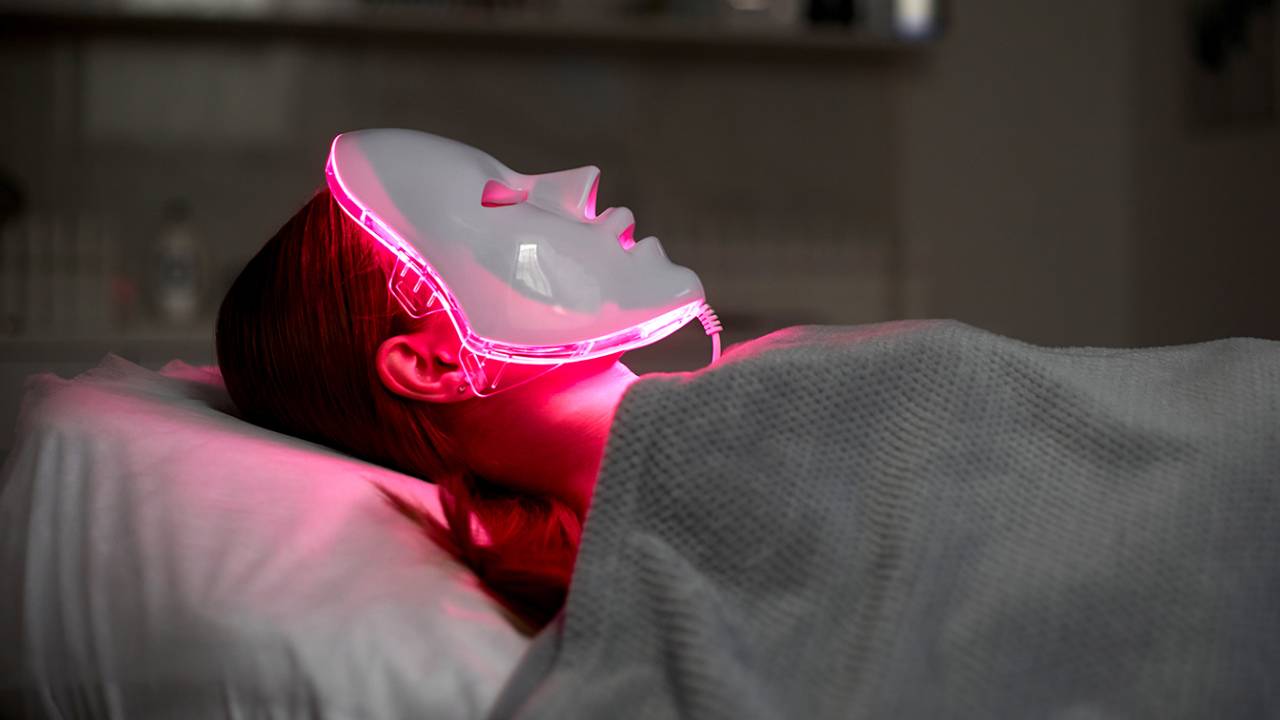

Light therapy has had a major surge over the years, with the rise of the best LED face masks no longer being confined to the spa or dermatologist offices. LED light therapy, like red light, can have amazing effects on the skin, including less wrinkles, reduced inflammation and treating acne… but did you know that it can also help you sleep better?
Before I get into the details, it’s important to understand what red light therapy is. It’s a non-invasive treatment that emits wavelengths of light that penetrate the skin and are absorbed by the skin’s receptors. Chances are you’ve seen red lights before as it’s pretty common in LED face masks, but this light therapy isn’t just for the face: it can be used on other parts of the body and you can find full light panels that you can sit or stand in front of.
In addition to improving your skin, experts at Happy Beds have found that red light therapy can also help with your sleep quality. To find out more, I spoke to Happy Beds who explained the four sleep-related benefits of red light therapy.
1. Red light can produce the sleep hormone
According to experts at Happy Beds, red light can help stimulate the production of the sleep hormone, melatonin. Melatonin is naturally produced by the body as it gets closer to bedtime, in keeping with your circadian rhythm. While it’s something that’s made naturally by the body, it can also be stimulated by external factors such as limiting screen time, exercising and eating certain foods.
Red light is another stimulus that can help produce melatonin, which in turn, helps you fall asleep. Happy Beds said that “in fact, one study found that after 14 days of 30 minutes of red light therapy each night, participants recorded higher melatonin levels and overall better sleep quality.”
2. Red light can regulate your sleep cycle
As previously mentioned, red light can help with the production of melatonin. By doing this, red light therapy can also better regulate your sleep cycle or circadian rhythm. To take advantage of this, Happy Beds recommended “shutting off your devices that emit blue light one to two hours before bed, and changing lights to red.” The experts suggest that it can help you fall asleep and wake up easier the next day.
However, Happy Beds say that it’s important to choose the right brightness of red light. If it’s too bright, this could have the opposite effect and hinder your melatonin production, so it’s important to choose a darker red light when you’re winding down for the night on your best mattress.
Sign up to the T3 newsletter for smarter living straight to your inbox
Get all the latest news, reviews, deals and buying guides on gorgeous tech, home and active products from the T3 experts
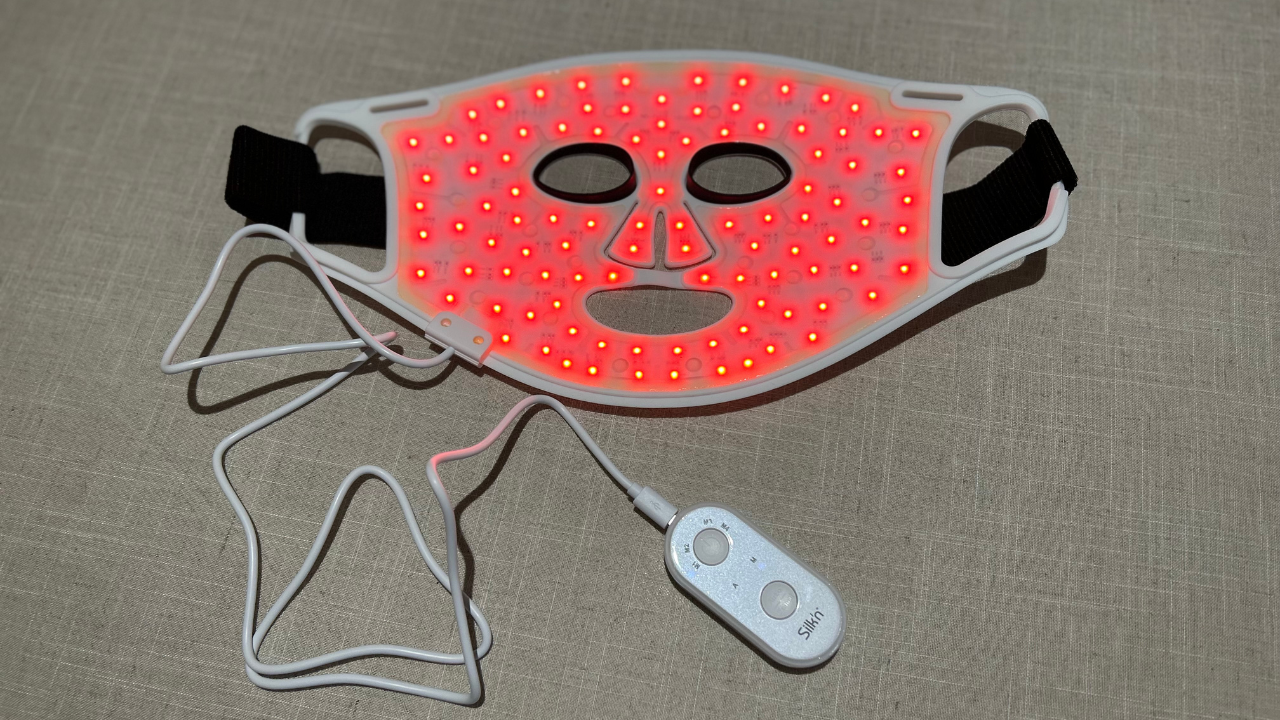
3. Red light can reduce grogginess in the morning
It’s fairly common to experience grogginess or sleep inertia when you wake up in the morning, especially if you’ve snoozed your alarm or woken up abruptly to its noise. But red light therapy has been reported to reduce that feeling. Happy Beds explained how a recent study found that a control group exposed to red light through closed eyes via a face mask were less sleepy when waking. This was compared to a group that didn’t use red light and were exposed to dim lights instead.
4. Red light can ease sleep disorders
The main reason people use light therapy is to treat skin concerns. Red light is one of many different coloured lights you can use in a face mask or light panel, and it’s best for reducing inflammation, promoting blood circulation and giving skin a healthier glow.
With this in mind, Happy Beds found that red light therapy can be an effective treatment for psoriasis and other skin issues like acne. As explained by Happy Beds, “sleep disruption is a common side effect of psoriasis. Studies have shown that sleep disorders are frequent during psoriasis flare-ups.” So, if red light can help treat psoriasis, this can result in a reduction of flare-ups and other symptoms which can help improve your sleep quality.
For more light therapy advice, check out the truth behind LED face masks: are they safe and do they really work?

Beth is Home Editor for T3, looking after style, living and wellness. From the comfiest mattresses to strange things you can cook in an air fryer, Beth covers sleep, yoga, smart home, coffee machines, watches, grooming tools, fragrances, gardening and much more. If it's something that goes in your house, chances are Beth knows about it and has the latest reviews and recommendations! She's also in the know about the latest deals and discount codes from top brands and retailers.
Having always been passionate about writing, she’s written for websites, newspapers and magazines on a variety of topics, from jewellery and culture, to food and telecoms. You can find her work across numerous sites, including Wedding Ideas Magazine, Health & Wellbeing, The Bristol Post, Fashion & Style Directory, TechRadar, CreativeBloq and more. In her spare time, Beth enjoys running, reading, baking and attempting craft projects that will probably end in disaster!
-
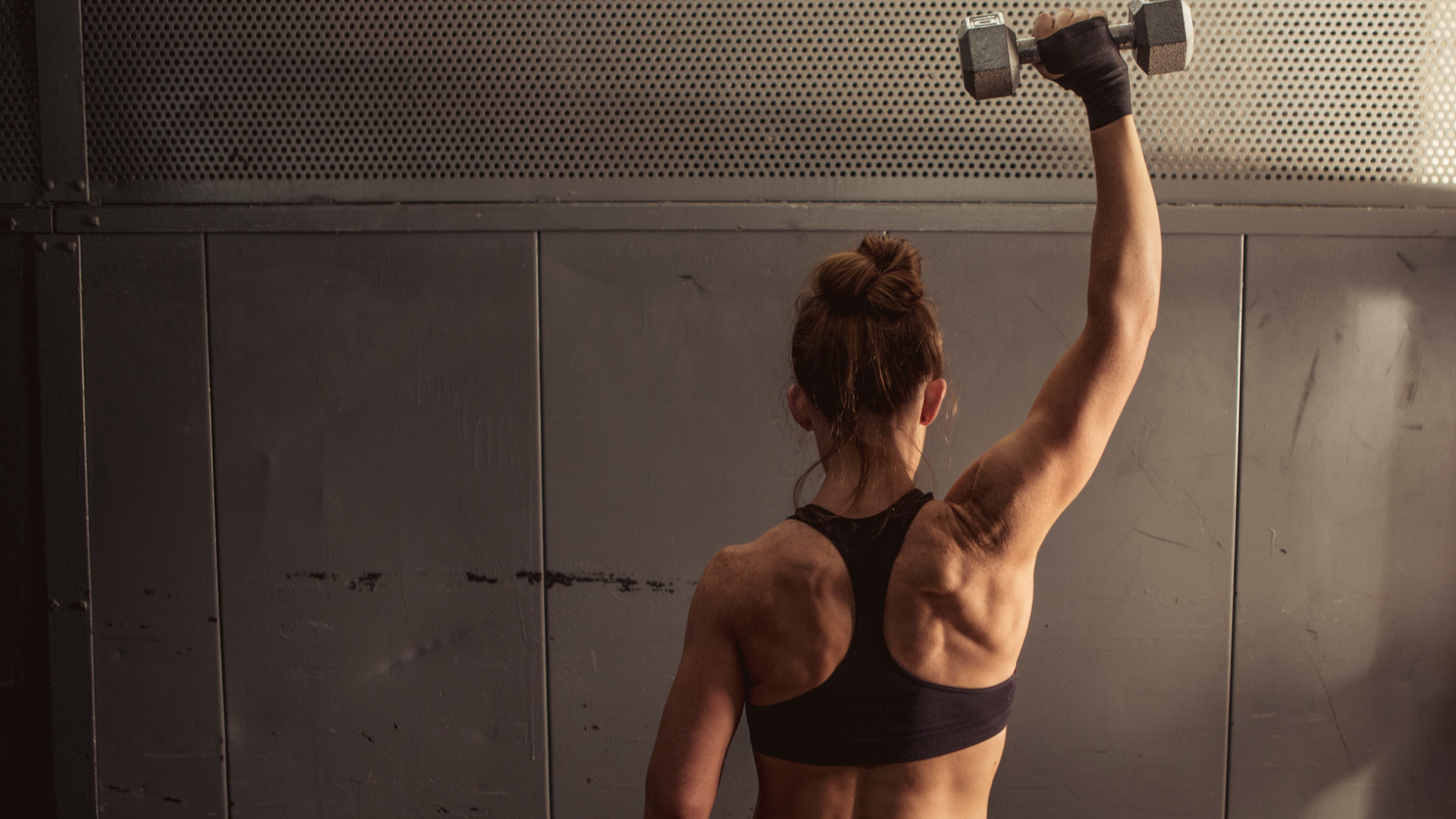 Three exercises to 'life-proof' your shoulders, according to a mobility expert
Three exercises to 'life-proof' your shoulders, according to a mobility expertHealthy shoulders mean better movement, more strength and less injury
By Bryony Firth-Bernard
-
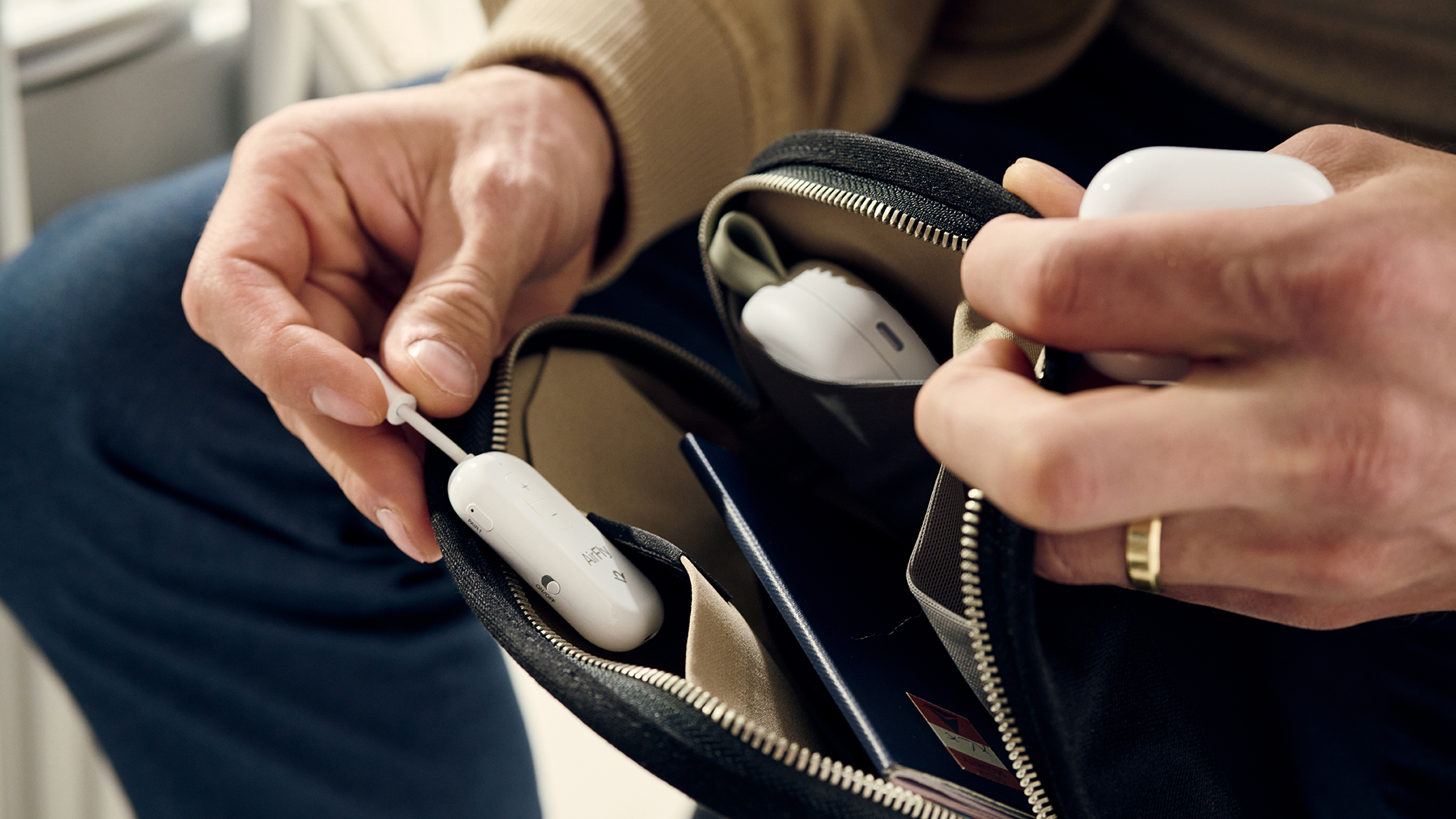 The 7 luxury travel items I won't leave home without – and why you shouldn't either
The 7 luxury travel items I won't leave home without – and why you shouldn't eitherI've flown for many hundreds of hours – and know these luxury travel items will improve your journey
By Mike Lowe
-
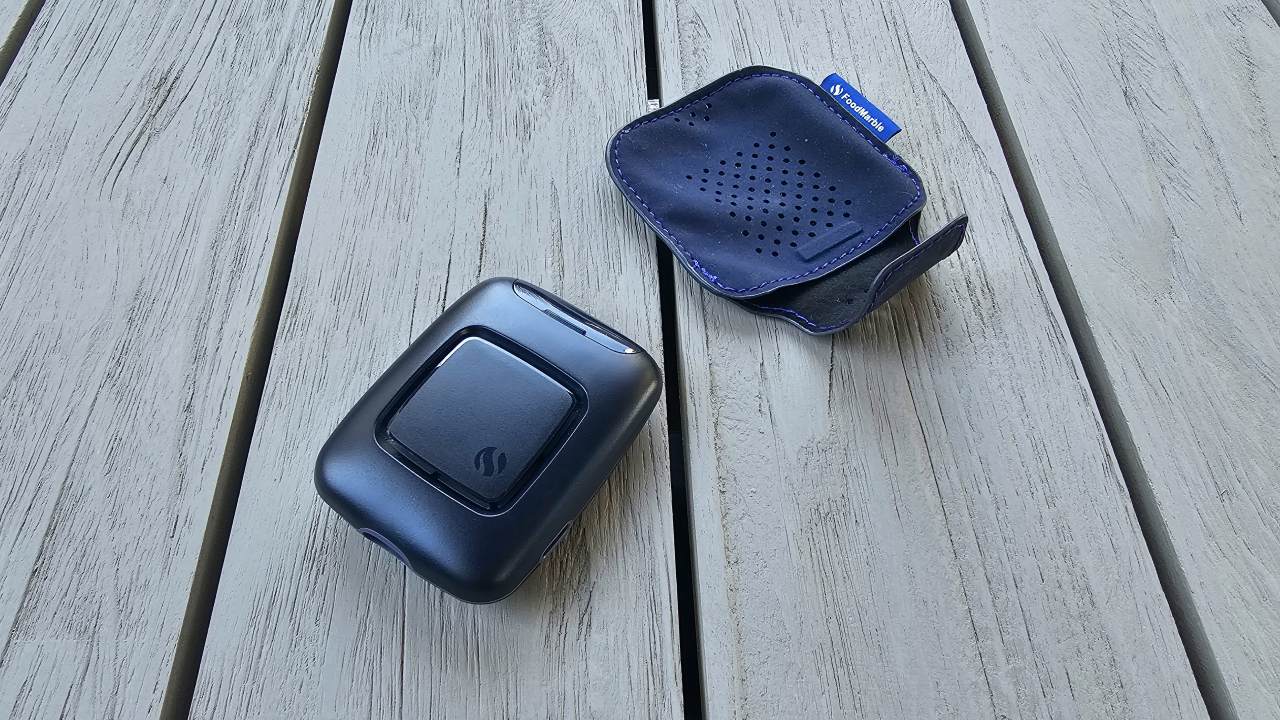 I spent 6 weeks with the FoodMarble Aire 2: here’s what I learned about my gut health
I spent 6 weeks with the FoodMarble Aire 2: here’s what I learned about my gut healthI’ve been testing the clever breath-testing gadget with the companion app over several weeks to find out if it delivers on its promises
By Lee Bell
-
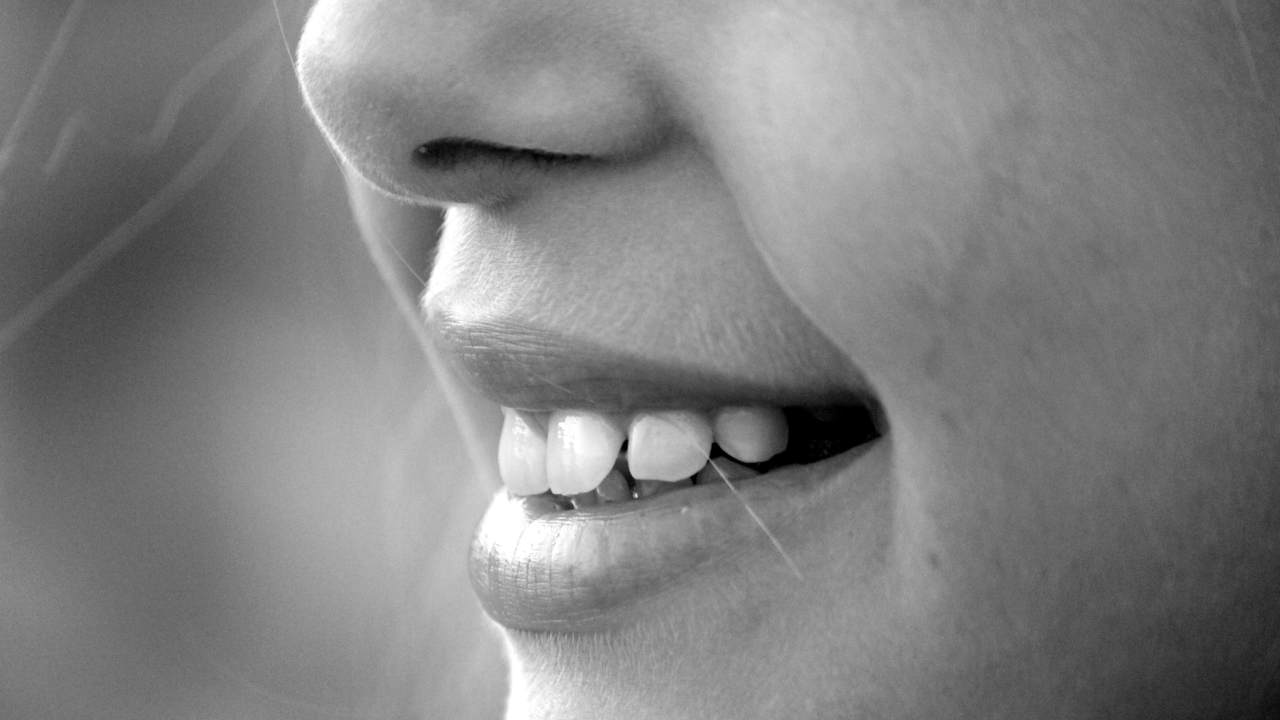 Oil pulling is going viral on TikTok for stopping morning breath – but does it actually work?
Oil pulling is going viral on TikTok for stopping morning breath – but does it actually work?4 hacks that prevent morning breath, according to a sleep expert
By Bethan Girdler-Maslen
-
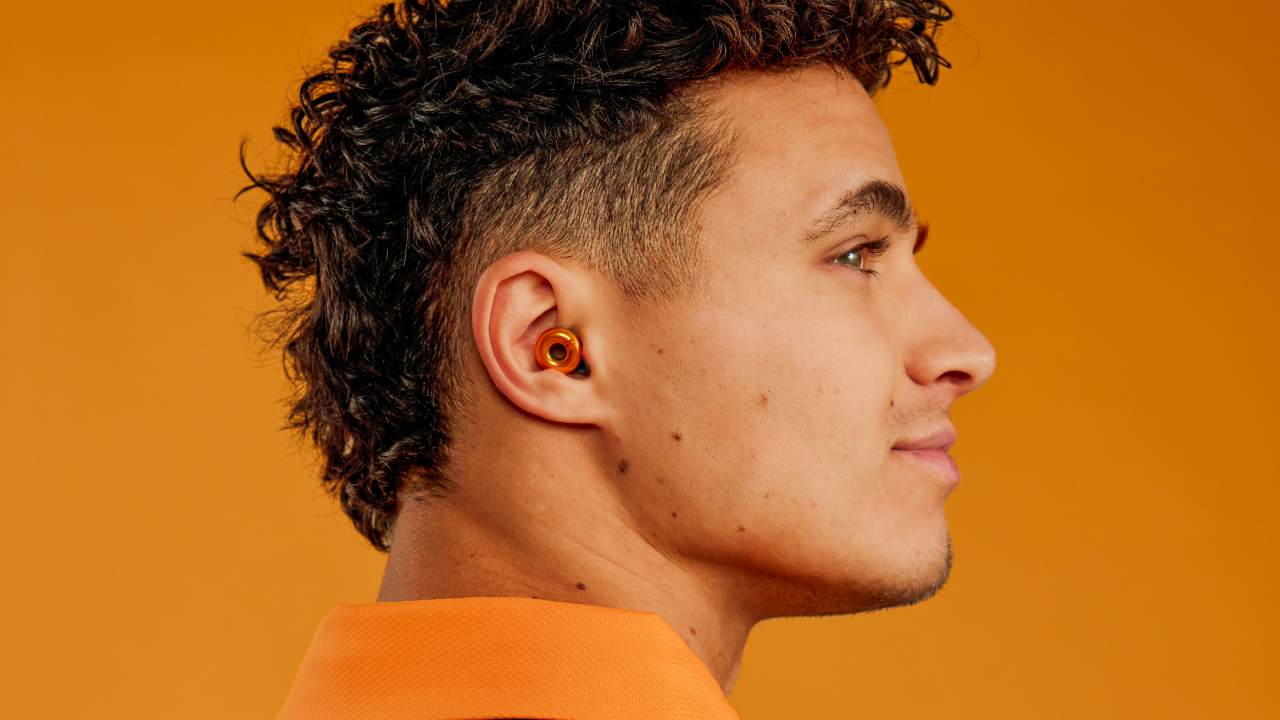 These limited edition McLaren x Loop earplugs are what you need for Formula 1 season
These limited edition McLaren x Loop earplugs are what you need for Formula 1 seasonMcLaren teams up with Loop on limited edition noise-reducing earplugs
By Bethan Girdler-Maslen
-
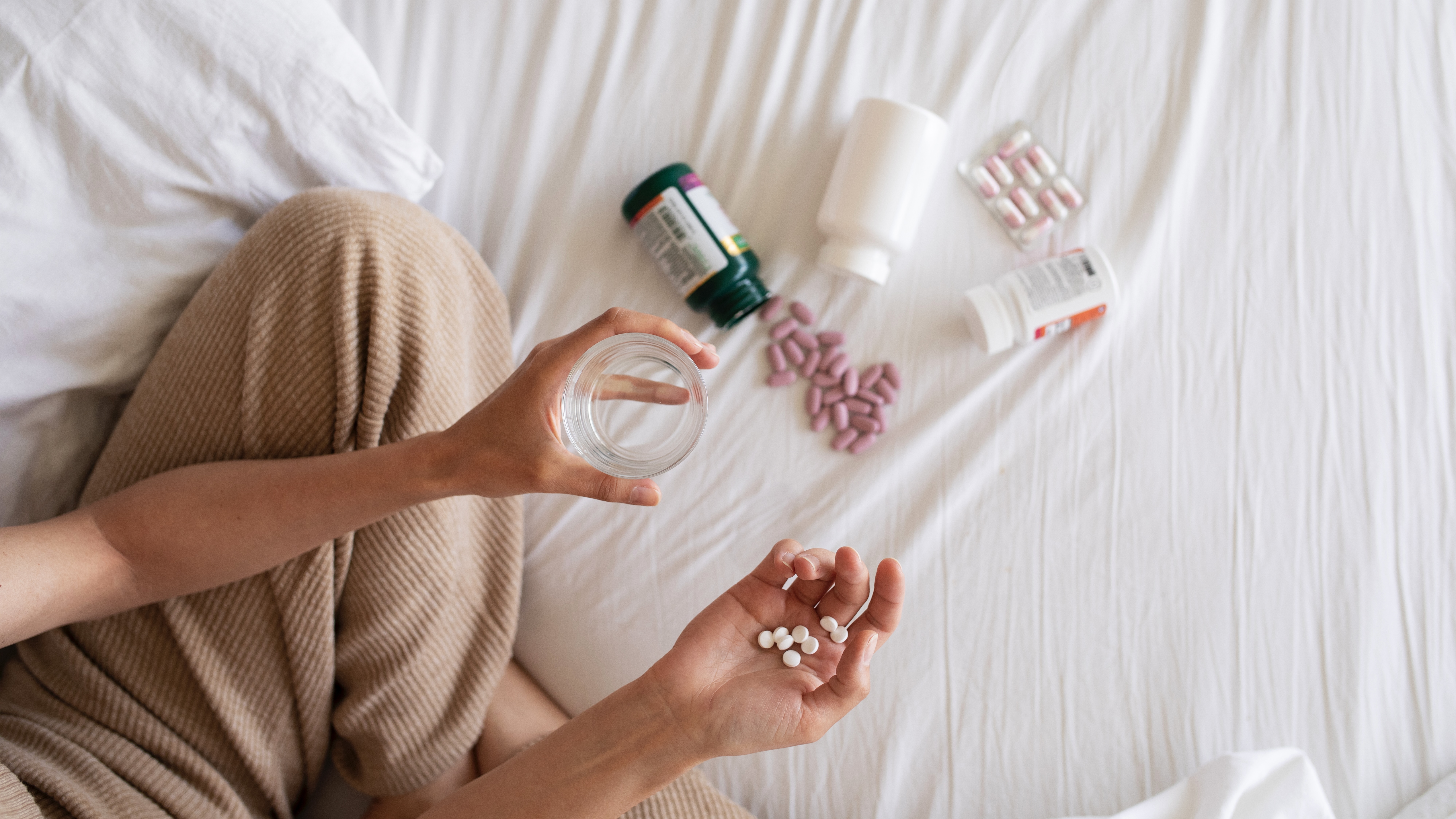 5 sleep supplements that help me achieve 8+ hours of rest every night
5 sleep supplements that help me achieve 8+ hours of rest every nightIt took me years to perfect my sleep routine – here are the supplements that helped
By Lizzie Wilmot
-
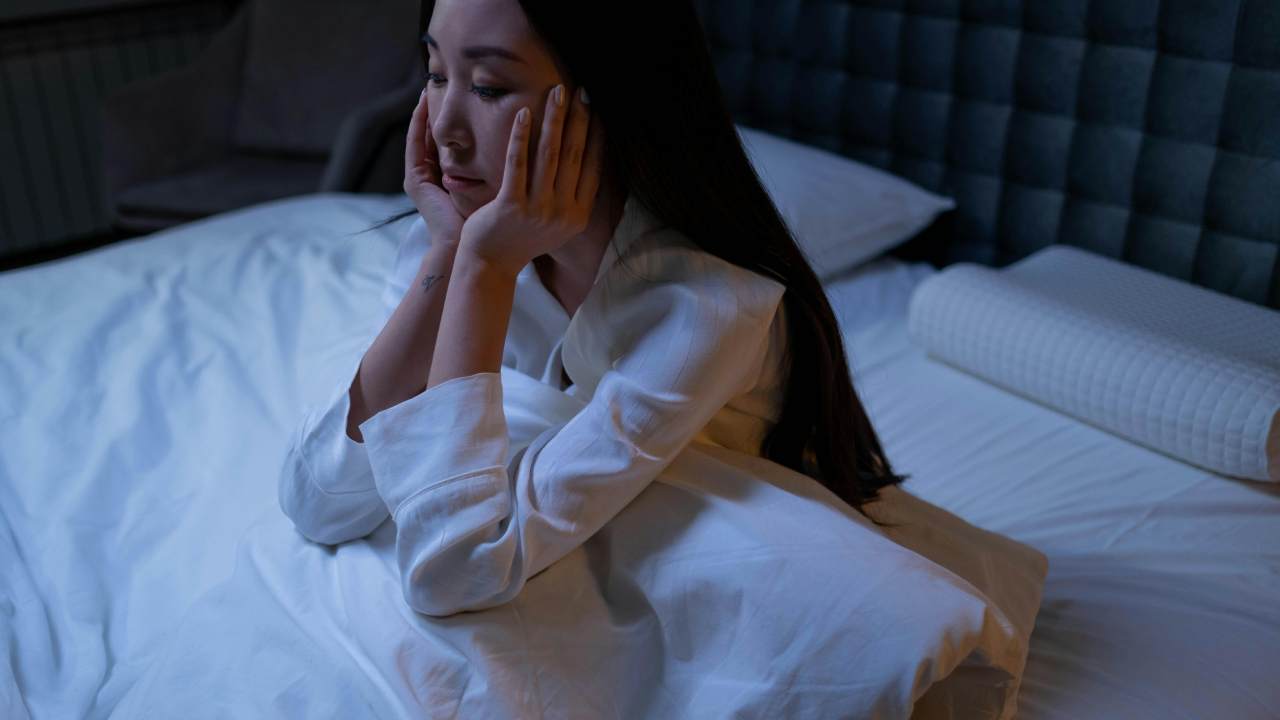 3 reasons why you wake up at 3am every night – and how to avoid it
3 reasons why you wake up at 3am every night – and how to avoid itAlways waking up in the middle of the night? This could be why…
By Bethan Girdler-Maslen
-
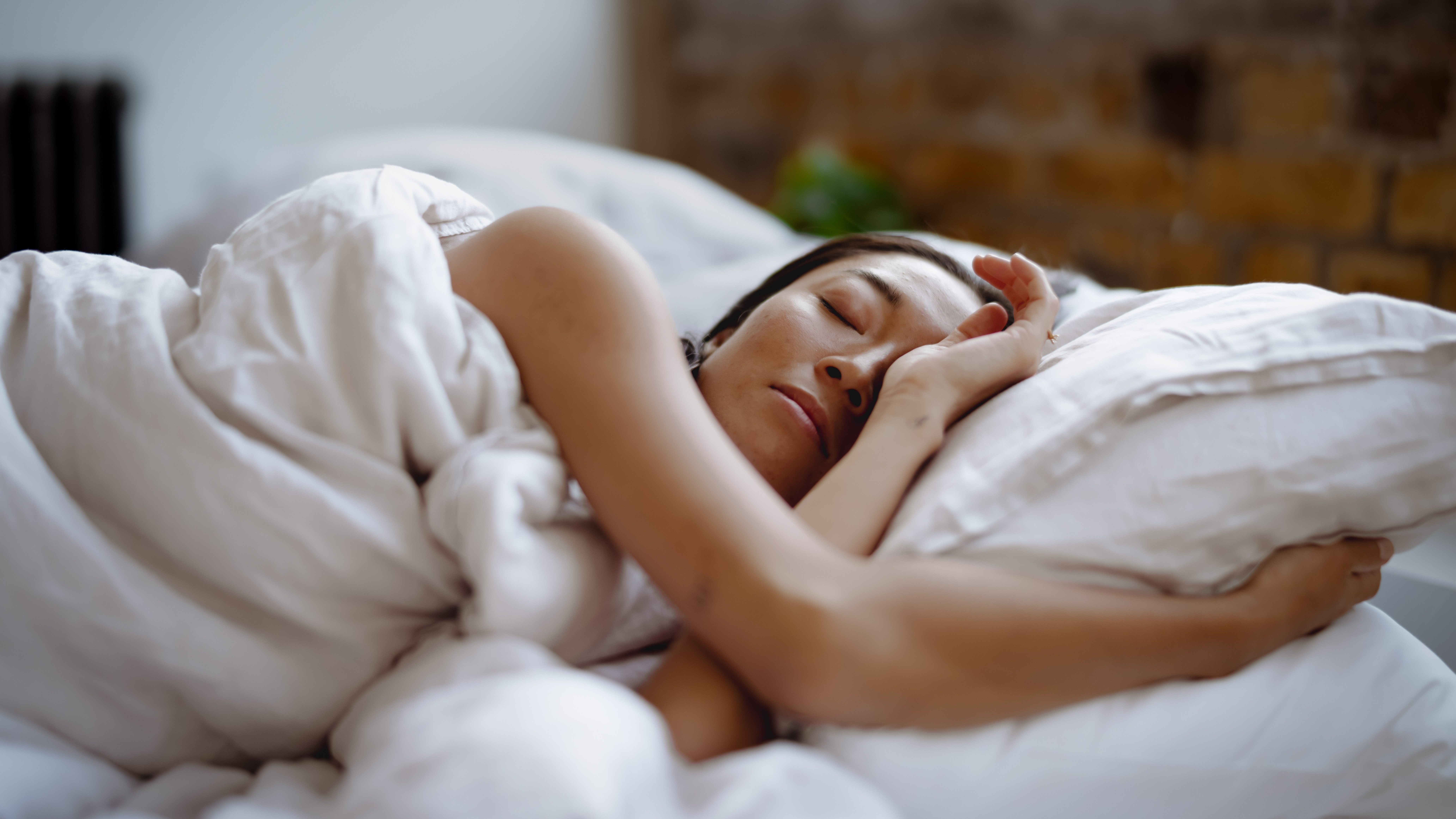 This tiny device will automatically disable your distracting apps before you sleep
This tiny device will automatically disable your distracting apps before you sleepSay hello to Kip...
By Lizzie Wilmot
-
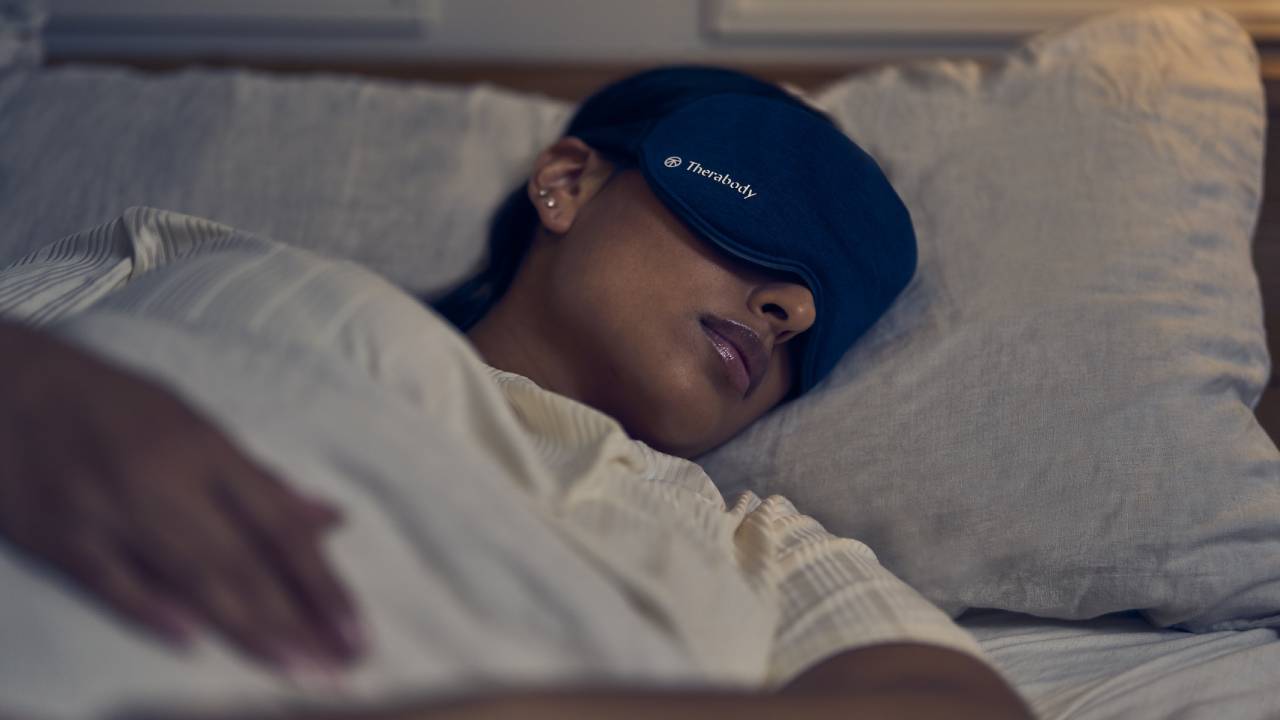 Therabody experts give 7 tips for perfecting your sleep routine for World Sleep Day
Therabody experts give 7 tips for perfecting your sleep routine for World Sleep DayFrom breathing exercises to sleep masks, here’s how to prioritise sleep, according to experts
By Bethan Girdler-Maslen
-
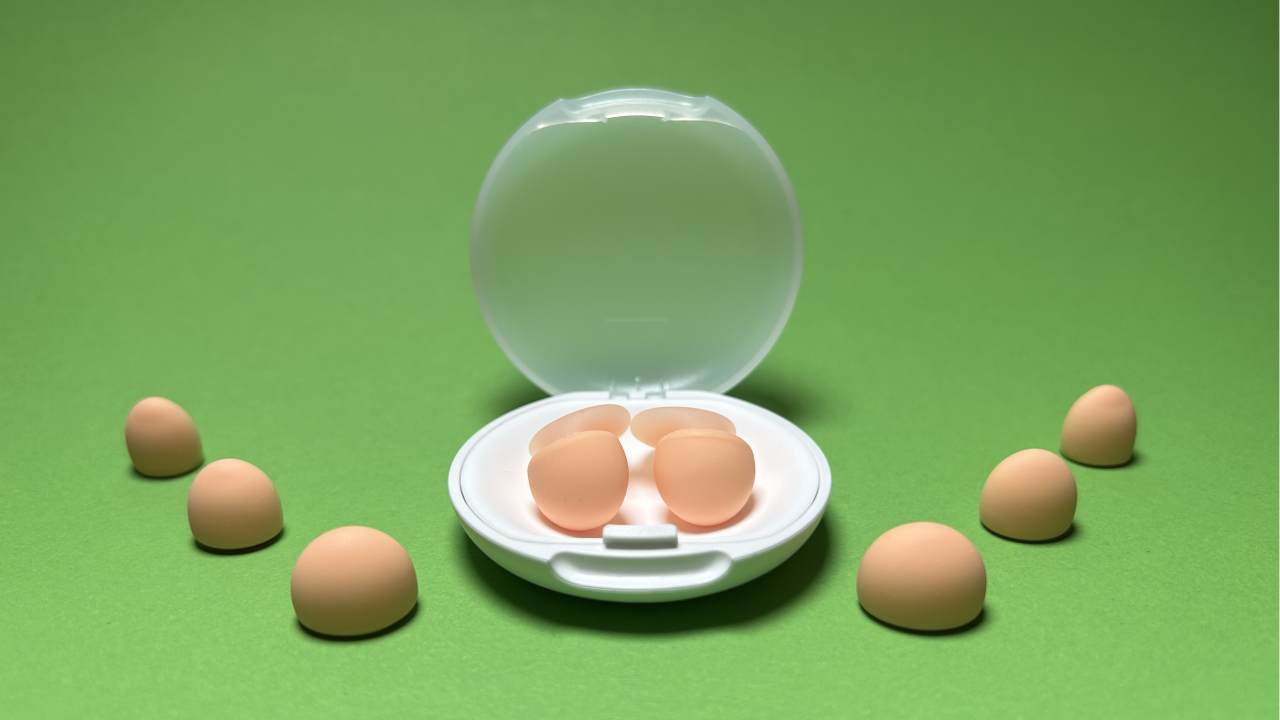 Loop Dream review: super soft earplugs to help you snooze soundly, even if you’re a side sleeper
Loop Dream review: super soft earplugs to help you snooze soundly, even if you’re a side sleeperSquishy silicone and uniquely shaped ear tips take Loop’s nighttime earplugs to dreamy heights
By Joanna Ebsworth